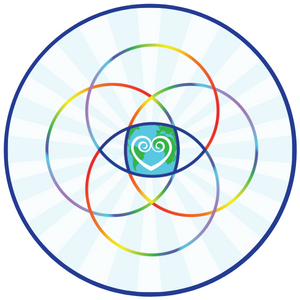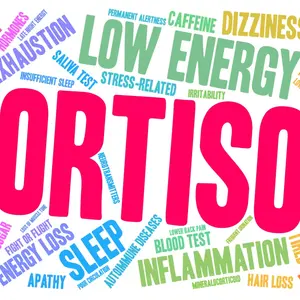

Chronic Conditions and Diseases

Chronic Conditions and Diseases
Insurance Influences Chronic Pain Treatment
A new study published in The Journal of Pain found that adults with chronic pain receive different types of treatment depending on the kind of health insurance they have. Researchers from the Centers for Disease Control and Provention and the National Center for Complementary and Integrative Health analyzed data from over 4.8 million adults with commercial or Medicaid insurance between 2018 and 2020.
Among adults newly diagnosed with chronic pain, the most common types were joint or limb pain, back pain, and abdominal or bowel pain. While the type and frequency of pain were similar across insurance groups, the treatments patients received varied significantly.
Patients with commercial insurance were more likely to receive restorative therapies such as physical therapy (38.6% commercial vs. 19.2% Medicaid) and complementary treatments like chiropractic care (31.1% vs. 9.0%). They also received care more quickly, with shorter wait times from diagnosis to treatment. For example, the median wait for restorative therapy was 47 days for commercially insured patients and 97 days for Medicaid patients.
Additionally, commercially insured patients more often accessed outpatient specialist care and used multiple nonmedication treatments. In contrast, Medicaid patients were more likely to rely on prescription pain medications, with 81.6% filling at least one prescription compared to 65.6 percent of those with commercial insurance.
The study highlights how insurance type can affect access to the range of pain management options. The authors suggest aligning insurance policies with clinical guidelines could reduce disparities and improve care for people with chronic pain.


 By
By





